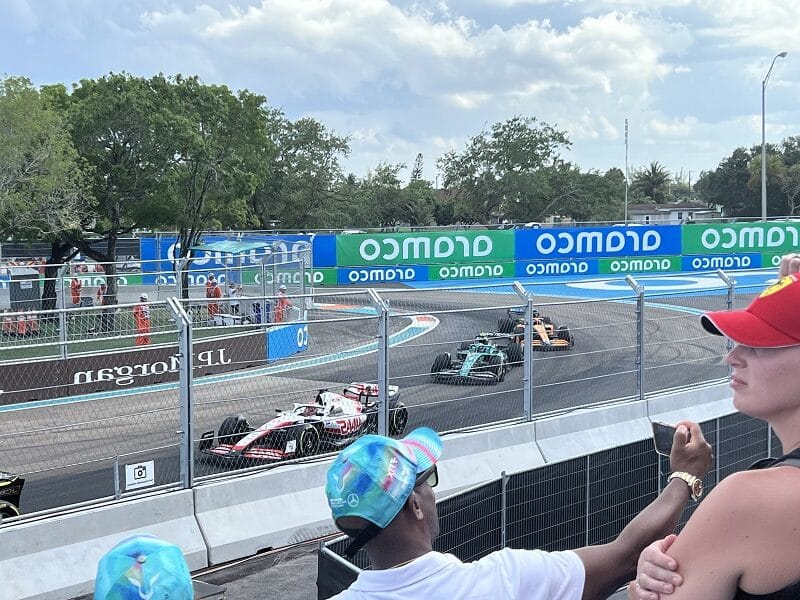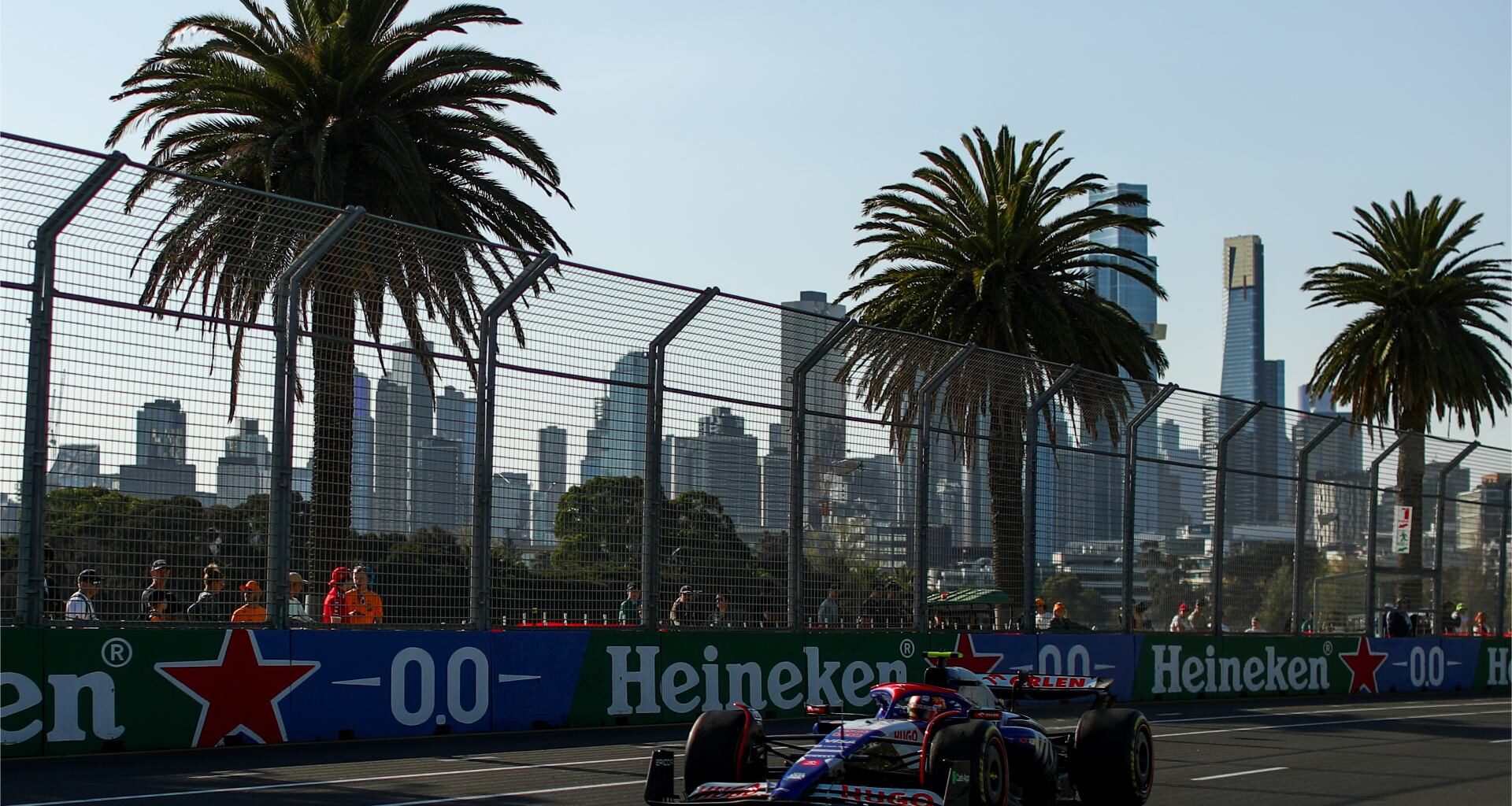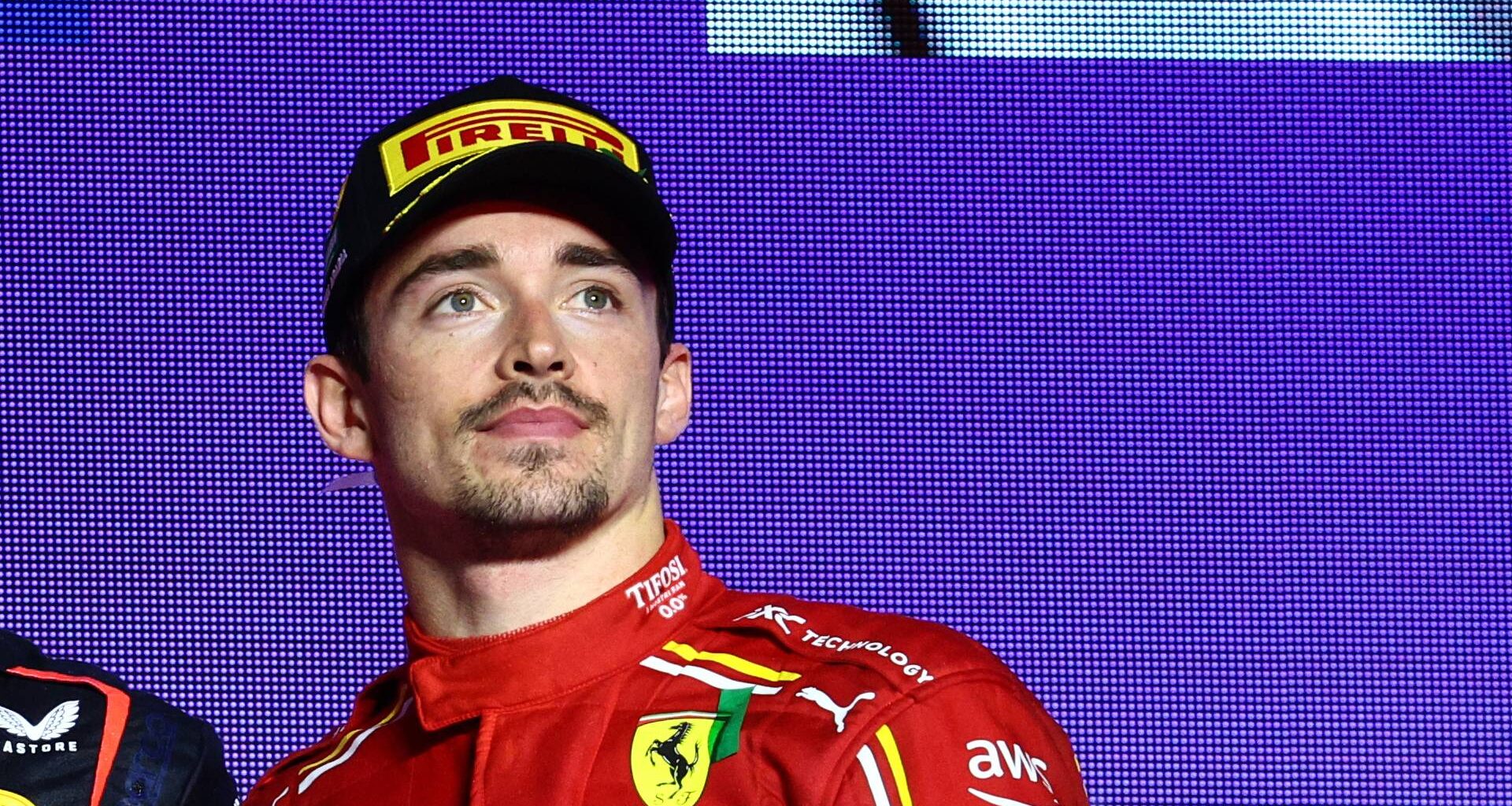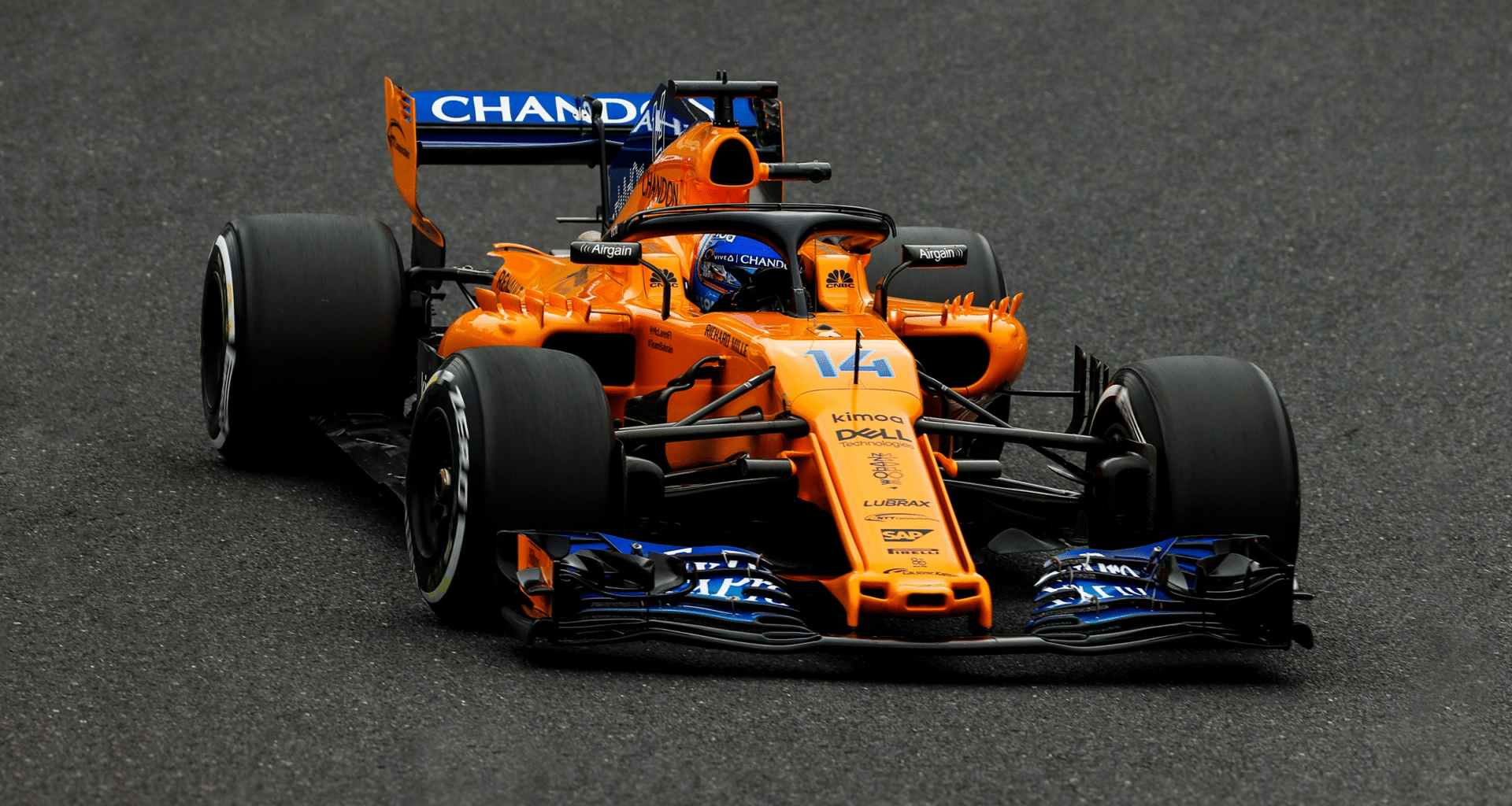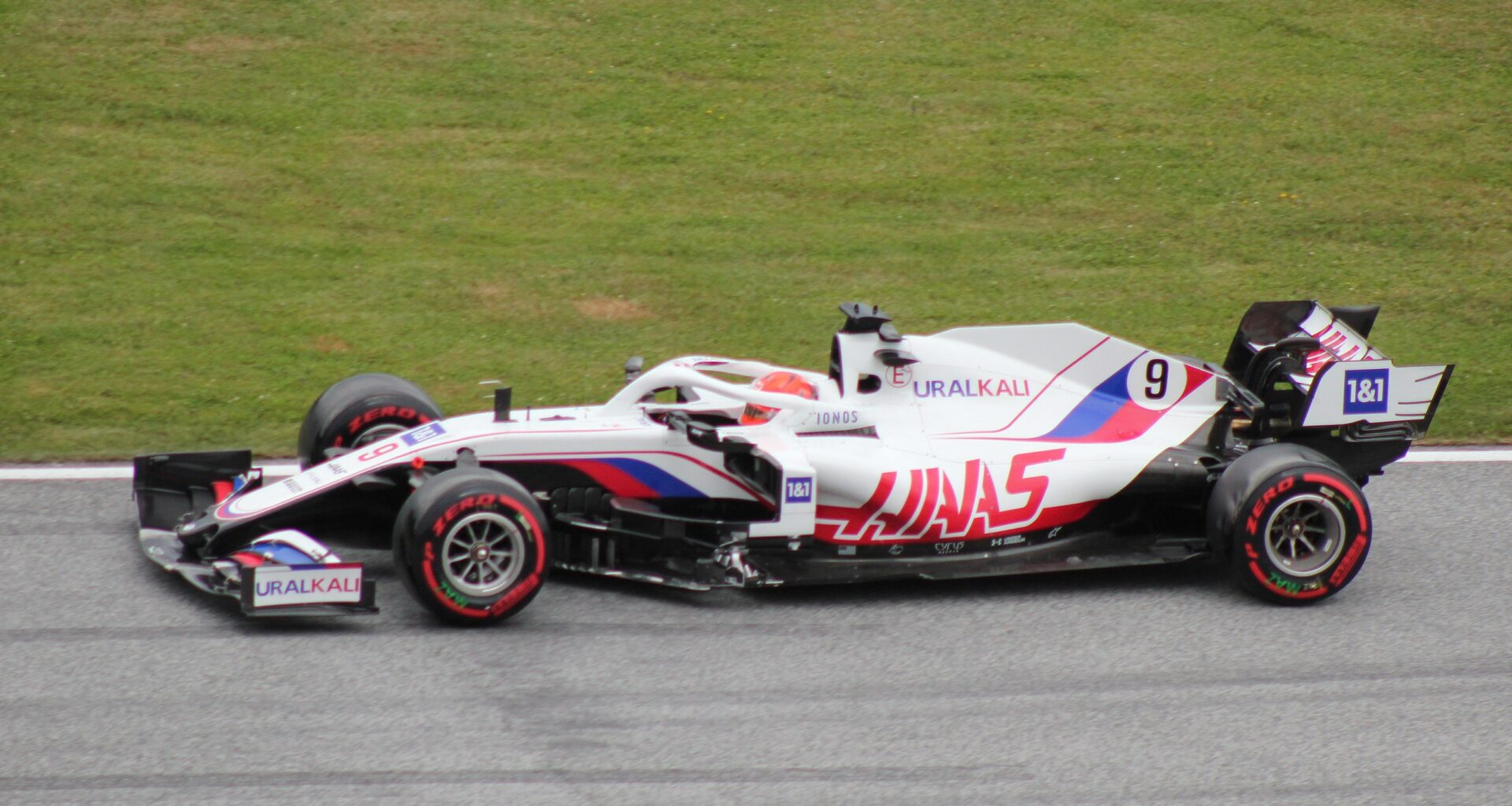F1 drivers swerve in a zig-zag motion behind the safety car to keep their tires warm and remove debris from them. This is usually done during the formation lap and may also be observed during a safety car period
One of the most exciting sports to watch is Formula 1 racing, but why do the vehicles veer back and forth during the formation lap, safety cars, and occasionally during the race’s heat?
Unbeknownst to many, the zigzagging that takes place before the race is crucial. Swerving during a race acts as a technique to block other vehicles, heat the tires and brakes during the pre-race formation, clean the tires of any track debris, and reduce weight by burning more gasoline.
Table of Contents
To Heat The Tires
To keep the heat in their tires, F1 drivers swerve the most during the formation lap. Formula 1 vehicles are built to function at their best under very certain constraints, and for best grip and performance, the tires must be within a specific temperature range. Because compared to the speeds at which these vehicles are intended to function well, the formation lap of an F1 race is incredibly sluggish, which means that the tires of the cars tend to cool down during this slow lap.
If the tires get too chilly, the driver may not get off to a good start, which might affect the outcome of the race. For F1 drivers, heating the tires and preserving tire heat are extremely important. Swinging the car back and forth at moderate speeds helps to maintain tire heat, which keeps the rubber soft and ensures that the tires have the best traction possible at the start of the race.
To Clean The Tires
The rubber used in Formula 1 tires is particularly “sticky,” and because of this, during the formation lap before the tires reach their ideal temperature, they have a tendency to gather up a lot of debris from the racing circuit. The track’s stones, sand, and dirt, as well as tiny fragments of rubber from past races, are all picked up by the tires. As a result of the decreased grip and potential tire damage at high speeds, this can be problematic for the tires.
During the formation, swerving back and forth might assist clear any debris that the tires may have accumulated during the slow lap. This is one of the factors contributing to the drivers’ increased swerving during the latter portion of the lap.
To Burn Fuel
F1 cars are high-performance machines designed for maximum speed and grip, and their performance is greatly influenced by their weight. An F1 driver can burn up fuel before the race that has been calculated for him by the technical team by swerving during the formation lap. This will give him the greatest possible start to the race. Losing some gasoline allows the automobile to accelerate faster quickly at the start of the race since it weighs less overall.
How Well Does Zig Zagging Heat The Tires?
There is debate about the practice of zipping during the formation lap in order to warm the tires. While some claim it is ineffective, others are certain it is necessary for the functioning of the vehicle. In actuality, there have been in-depth research done on the effectiveness of this technique, and Formula One racing is one of the most methodical and scientific sports in existence. The drivers would not swerve during the formation lap if it were useless.
It is clear that there are a variety of reasons why Formula 1 drivers veer during the formation lap. The driver swerves back and forth to warm up their tires for the race, as well as for additional purposes including keeping their tires clear of debris, heating the tires, and burning gasoline to lighten their load. Swerving is a crucial technique for achieving the greatest possible racing start since it prevents other vehicles from passing.
